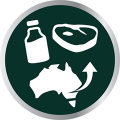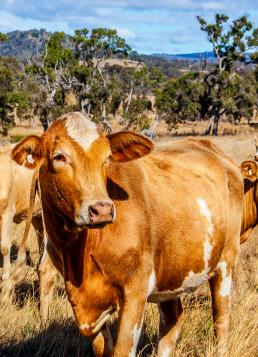Cattle
Liver Fluke Disease
In cattle, liver fluke infection has been shown to result in reduced fertility, milk yield, feed conversion, carcass yield and growth rates. Infections are usually subclinical and 8-9% reductions in weight gain can occur with no clinical signs of disease1.
The most severe damage caused by liver fluke infection in livestock is the result of the early immature and immature stages migrating through the liver tissue on their way to the bile ducts where they subsequently reside as adults. Strategic treatment of all stock with a product that kills all three stages of liver fluke has the dual benefit of:
1. Removing resident liver fluke infection.
2. Preventing pasture contamination with fluke eggs at a time when fluke development and snail activity in the environment is about to recommence. This reduces fluke infection in livestock.
The use of a flukicide which contains triclabendazole*, the only active that kills all three stages of liver fluke, is recommended best practice on farms with a known fluke problem.
AVOMEC PLUS contains triclabendazole which effectively kills all three stages of liver fluke. Triclabendazole reduces fluke burdens and pasture contamination, which improves the productivity of infected livestock.
Tech Vet Services Team Boehringer Ingelheim Animal Health Australia




